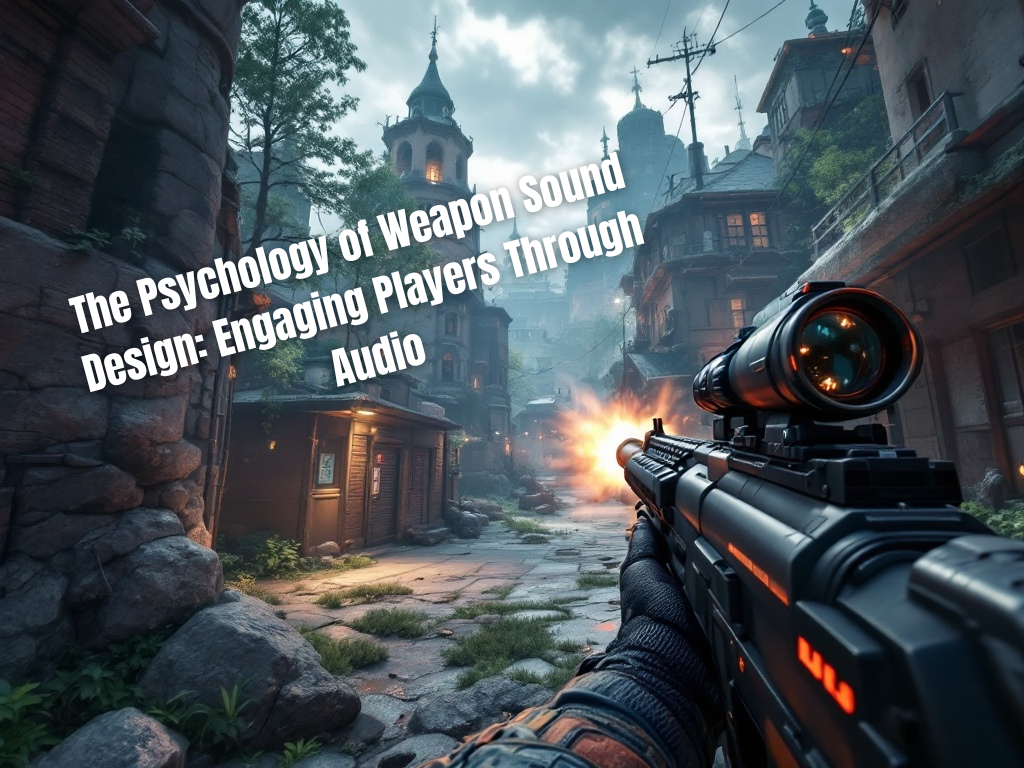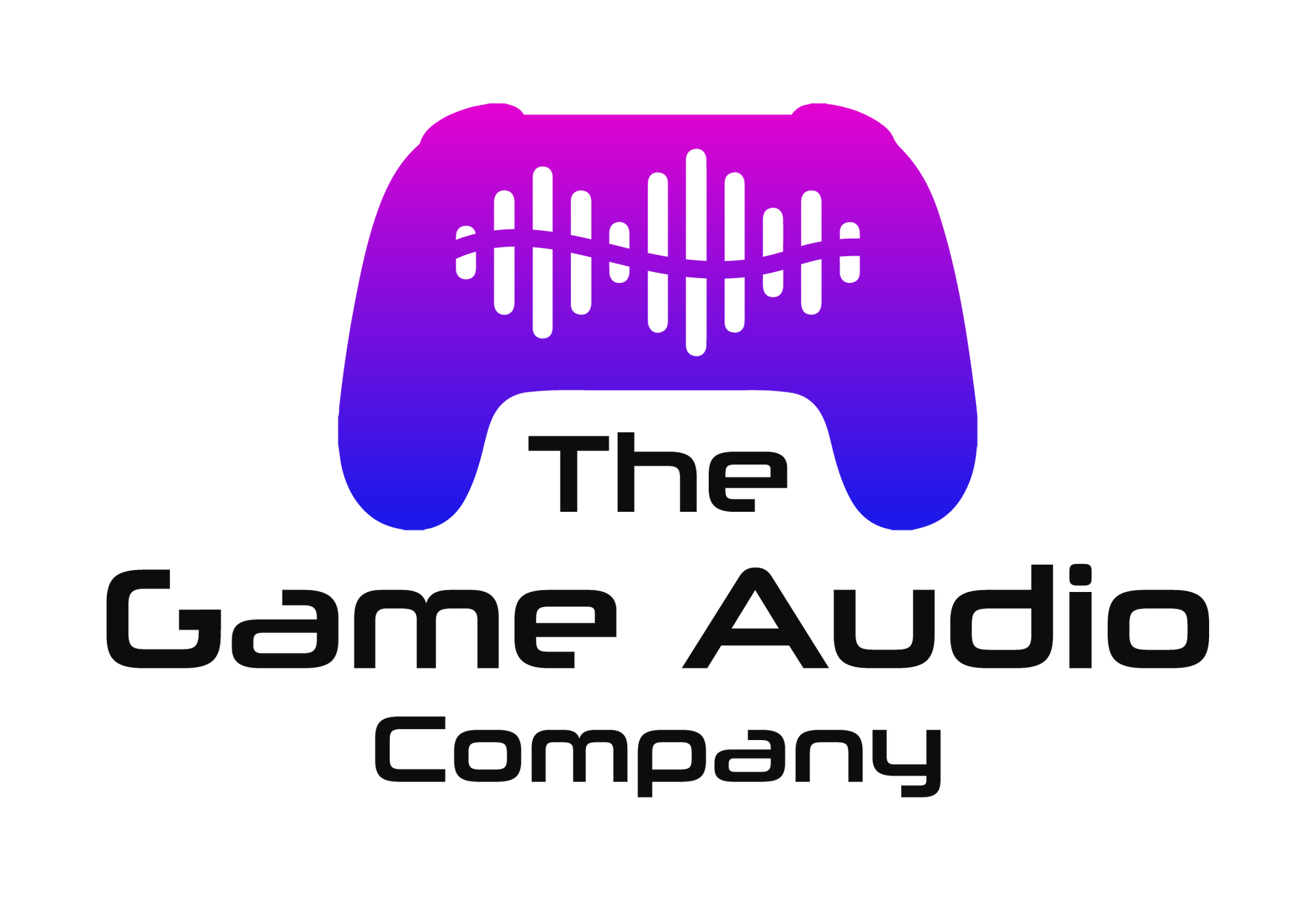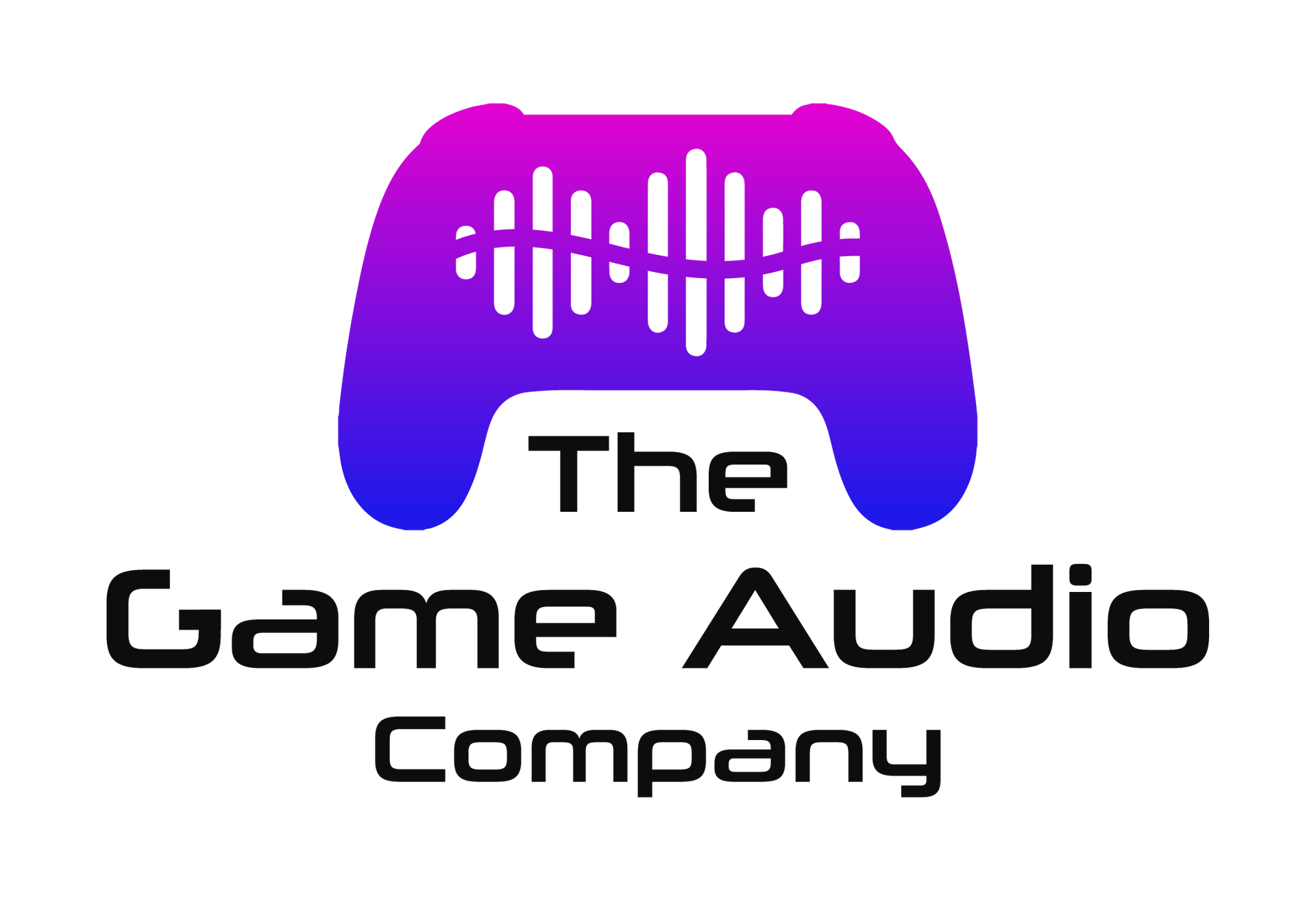Game Audio Blog
From Beeps to Epic Scores: The Evolution of Game Audio and Its Immersive Impact
1. The Humble Beginnings: Beeps, Boops, and 8-Bit Tunes
Let’s rewind to the late 1970s and early 1980s when game audio made its first baby steps into the world. Back in the day, video games were like toddlers learning to talk—limited in vocabulary but full of potential. Early consoles, like the Atari 2600 and the Nintendo Entertainment System (NES), had simple sound chips capable of producing only a few tones at a time.
Games like Pong (1972) introduced basic sound effects like the iconic “boop” of a bouncing ball. Fast forward a few years, and the NES brought us legendary 8-bit soundtracks from games like Super Mario Bros. and The Legend of Zelda. These simple, looping tunes weren’t just catchy—they were essential to gameplay, providing cues for danger, victory, or exploration.
Despite these limitations, composers like Koji Kondo (Mario, Zelda) became household names. They proved that even with just a handful of sound channels, you could create unforgettable audio experiences. Talk about doing more with less!
2. 16-Bit Symphony: The Super Nintendo and Sega Genesis Era
As technology leveled up in the late 1980s and early 1990s, so did game audio. Enter the 16-bit era, where the jump in processing power meant richer soundscapes and more complex music. The Super Nintendo Entertainment System (SNES) and Sega Genesis led the charge with their advanced sound chips.
The SNES had the Sony SPC700 chip, which allowed composers to use sampled instruments, creating orchestral-like soundtracks. Games like Chrono Trigger and Final Fantasy VI showcased sweeping scores that wouldn’t feel out of place in Hollywood blockbusters. Meanwhile, the Sega Genesis used the YM2612 FM synthesizer chip to produce edgier, punchier sounds. Think of the gritty riffs from Sonic the Hedgehog’s soundtrack.
This era also marked the birth of adaptive audio. Games began syncing their music to in-game events, intensifying the action or drama. For example, in Final Fantasy VI, the music seamlessly transitioned between exploration and battle themes, immersing players like never before.
3. Arcade Glory: Lights, Sounds, and Chaotic Fun
Let’s hit the arcades now, where game audio wasn’t just heard—it was felt. Arcade cabinets in the 1980s and 1990s were designed to grab your attention with booming sound effects and energetic music. From Pac-Man’s cheerful waka-waka to the intense Mortal Kombat shouts of “Finish Him!”, sound was key in keeping players hooked.
Arcade games also experimented with voiceovers. Titles like Gauntlet featured simple spoken phrases (“Wizard needs food, badly!”), which added personality and urgency. Though primitive by today’s standards, these early voiceovers laid the groundwork for the complex character dialogue we see in modern gaming.
4. The CD Revolution: PlayStation and Beyond
In the mid-90s, the gaming world was forever changed by the introduction of CD-ROM technology. No longer confined by cartridge space, developers could include full-length audio tracks, voiceovers, and higher-quality sound effects.
The original PlayStation became a game-changer (pun intended) with titles like Final Fantasy VII and Metal Gear Solid. Suddenly, games featured fully orchestrated scores, realistic sound effects, and cinematic voice acting. Remember how Final Fantasy VII’s haunting “One-Winged Angel” theme sent chills down your spine? Yeah, that’s the power of CD audio.
CD-ROMs also paved the way for licensed music in games. Who could forget Tony Hawk’s Pro Skater and its killer soundtrack of punk and ska? These curated playlists became a defining feature of many games, further immersing players in their worlds.
5. Dynamic Audio Takes the Stage: The Xbox and PS2 Era
With the dawn of the 2000s came even more advancements in game audio. Consoles like the Xbox and PlayStation 2 introduced dynamic audio systems that could adjust music and sound effects in real-time based on player actions.
Take Halo: Combat Evolved, for example. Its adaptive score responded to gameplay, intensifying during firefights and calming during exploration. This innovation made players feel like the music was written specifically for their experience. Talk about next-level immersion!
This era also saw the rise of surround sound. Dolby Digital became a standard feature, letting players hear enemy footsteps behind them or feel the rumble of an explosion nearby. Gaming was no longer just a visual medium—it was a full-on sensory experience.
6. Open Worlds, Open Ears: Immersion in the PS3/Xbox 360 Era
As games grew bigger and more complex, so did their audio. The Xbox 360 and PlayStation 3 era brought us massive open-world games like Skyrim, Red Dead Redemption, and The Witcher 3. These titles featured hours of ambient soundscapes, from chirping birds to bustling cities, making their worlds feel alive.
Voice acting also reached new heights during this time. Games like Mass Effect and The Last of Us delivered Oscar-worthy performances, making players laugh, cry, and scream alongside their favorite characters.
Meanwhile, composers like Gustavo Santaolalla (The Last of Us) and Jesper Kyd (Assassin’s Creed) pushed the boundaries of game music, blending traditional orchestration with modern techniques. The result? Soundtracks that stuck with players long after they put down the controller.
7. Indie Games: Small Teams, Big Sound
Let’s not forget the indie scene, where creativity knows no bounds. Indie developers often use innovative sound design to stand out in a crowded market. Games like Celeste, Hollow Knight, and Undertale feature unforgettable scores that rival those of big-budget titles.
Indie games also experiment with minimalist sound design. Take Limbo or Inside, for example, where silence and subtle sound effects build tension and unease. These games prove that sometimes, less really is more.
8. The Rise of Middleware: FMOD and Wwise
Behind every great game soundtrack is a powerful tool. Middleware like FMOD and Wwise has revolutionized how audio is integrated into games. These tools allow developers to create dynamic, adaptive audio systems without needing a PhD in computer science.
For example, FMOD was used in Celeste to ensure the music seamlessly transitioned between levels of intensity. Similarly, Wwise powered the complex audio environments of games like The Witcher 3. These tools have made high-quality audio accessible to developers of all sizes, leveling the playing field.
9. Virtual Reality: Sound Takes Center Stage
When it comes to VR, sound isn’t just important—it’s essential. In virtual reality games, audio helps players navigate, interact, and feel completely immersed in their environment. Technologies like spatial audio and binaural recording ensure that every sound feels like it’s coming from a specific direction.
Games like Half-Life: Alyx and Beat Saber showcase the power of VR audio. Whether it’s the sound of a headcrab scuttling behind you or the thumping bass of your favorite song, VR audio makes the virtual world feel real.
10. The Future of Game Audio: AI, Ray Tracing, and Beyond
So, what’s next for game audio? Two words: artificial intelligence. AI-driven audio systems can create adaptive soundscapes on the fly, responding to player actions in ways we can’t even imagine yet.
Ray tracing, a technology primarily used for realistic lighting, is also being applied to sound. Games like Cyberpunk 2077 use ray-traced audio to simulate how sound waves bounce off surfaces, creating hyper-realistic environments.
As technology continues to evolve, one thing is clear: game audio will remain at the forefront of innovation, shaping how we experience virtual worlds.
Conclusion: Why Sound Matters
From the beeps of Pong to the cinematic scores of today, game audio has come a long way. It’s no longer just background noise—it’s a storytelling tool, an emotional driver, and a core part of the gaming experience. So next time you’re exploring a vast open world or battling a boss, take a moment to appreciate the sounds that bring your adventure to life.


